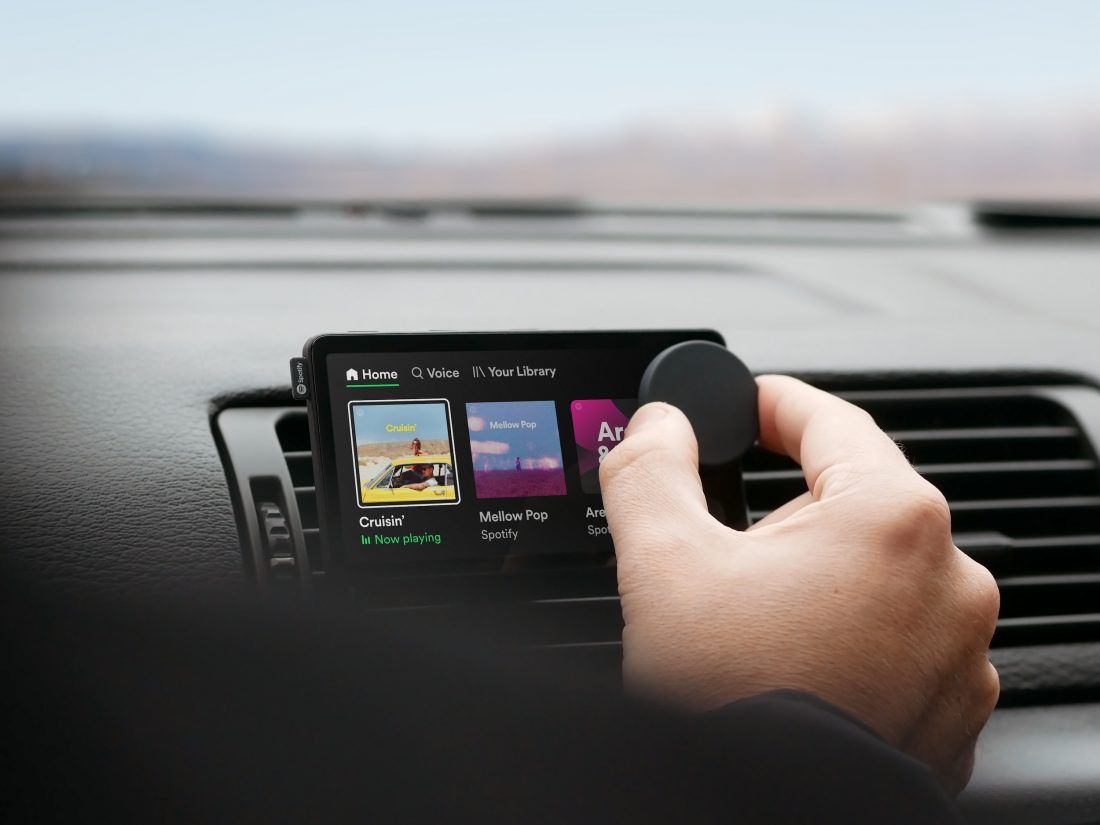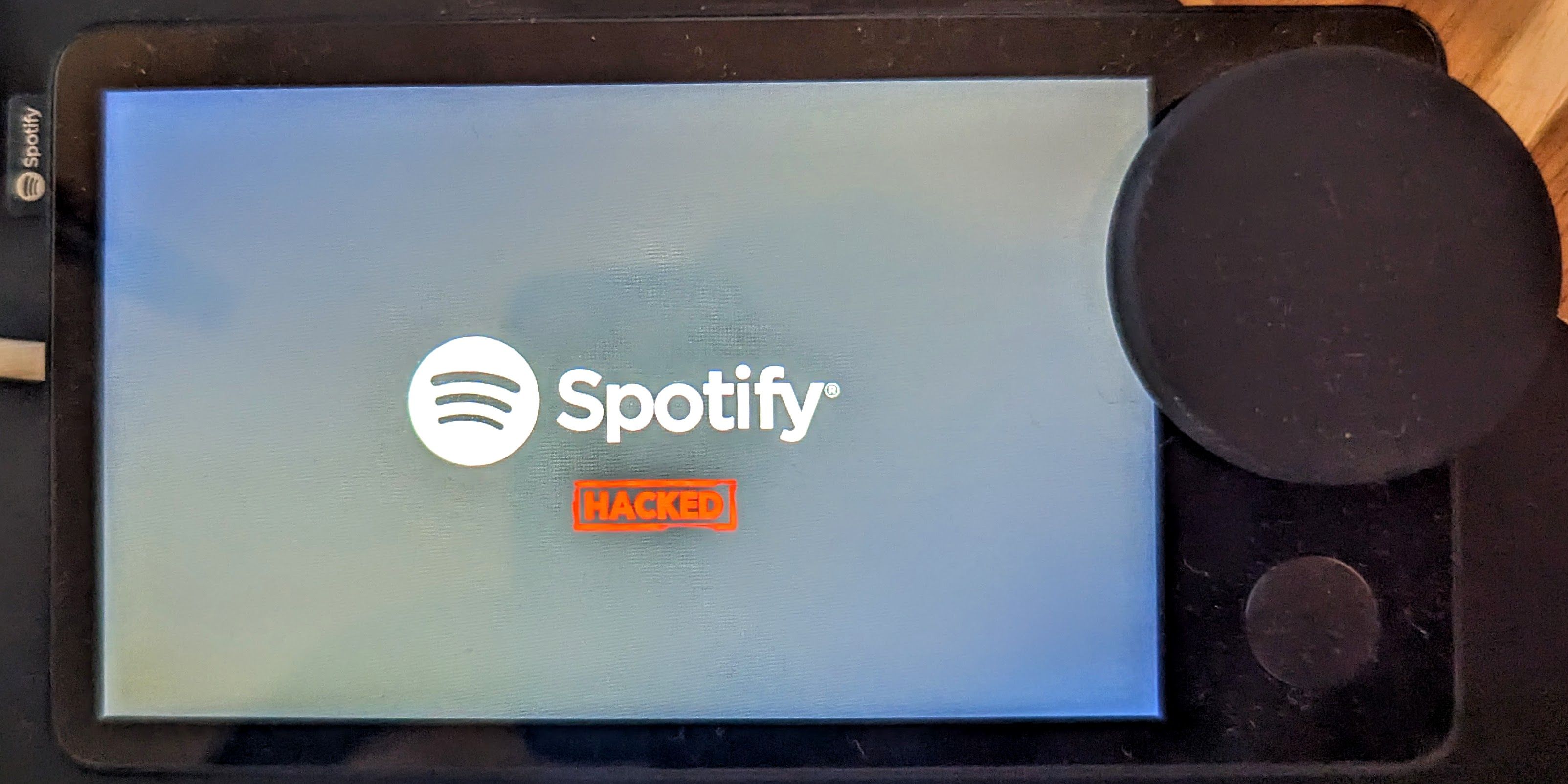Spotify discontinued its 'Car Thing' accessory -- a touchscreen control panel for playing Spotify content in a car -- a few months ago. Even though the device got some additional features like hands-free calling before it was discontinued, the Car Thing won't be of much use in some time because the OS is far too limited. While we criticize such practices of planned obsolescence, praise must be lavished upon a group of developers who have now managed to root the Spotify Car Thing, opening up even more aftermarket development possibilities.
In collaboration with security researcher Frédéric Basse, Nolen Johnson (aka XDA Recognized Developer npjohnson) has come up with the chain-of-trust bypass for the Car Thing. Under the hood, Spotify's little gadget is powered by a feeble Amlogic S905D2 SoC, which turned out to be an excellent attack vector due to its inherent USB burning mode. Both Basse and Johnson have exploited Amlogic-based devices before, hence sidestepping the security measures of the Car Thing's boot process through the loopholes left by the SoC maker became rather trivial for the developer duo.
To achieve this feat, the researchers had to pry open the outer shell, revealing a handful of pin-outs meant for debugging or repairs. Next, they combined some clever Amlogic USB mode-specific commands and a modified USB connection parameter to end up with persistent ADB (root) access. Thankfully, rooting the device yourself is comparatively easier, as the developers have managed to shoehorn everything into an easy-to-execute set of scripts. All you need is a Car Thing without any USB password, a USB cable, a PC running Linux with the libusb-dev package installed, and the scripts to unlock superuser privileges.
Whether the effort is worth it is ultimately up to you, but the potential modding opportunities might be useful to explore if you have an old Spotify Car Thing lying around and you fancy a little tinkering. Notably, the device (code-named "superbird") comes with just about 500MB of RAM, which means porting any modern version of Android would be an extremely difficult task.
You can find a full rundown of the root guide, along with installation instructions and download links within the write-up linked below.
Source: Nolen Johnson


